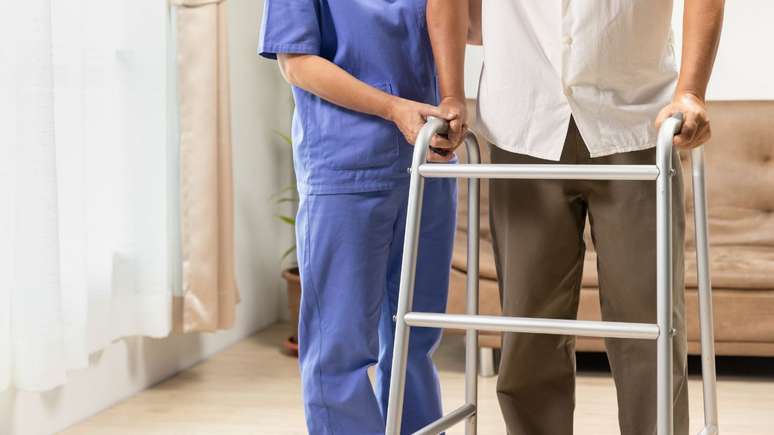Loss of leg muscle mass is a major cause of falls and loss of independence in old age; Find out how to prevent the condition
Legs are the basis of our mobility and independence. As the years pass, however, they suffer the effects of sarcopenia, the gradual loss of muscle mass and strength that accompanies aging. This condition, common after the age of 50 and more pronounced after the age of 60, compromises balance, increases the risk of falls and can compromise simple daily activities.
According to studies, the reduction in strength is most evident in the lower limbs, especially between the ages of 60 and 75. In this context we understand why practicing leg exercises is essential to guarantee autonomy and quality of life for the elderly.
Why leg training is so important
In addition to supporting the body and enabling locomotion, leg muscles participate in key metabolic processes, influencing circulation, metabolism and even bone health. It’s also worth pointing out that women need to be especially careful, as the risk of muscle loss and osteoporosis is greater after menopause.
Sarcopenia, although common, is not an inevitable consequence of aging. A sedentary lifestyle, a low-protein diet and lack of physical stimulation are factors that accelerate this process. But the good news is that all of this can be reversed with simple habits.
Ideal exercises to strengthen your legs
The ideal is to work all muscle groups (thighs, calves and hips) to maintain strength and balance. Exercises like squats, leg pressThe leg extension chair and flexor table strengthen the quadriceps, glutes and hip stabilizing muscles, which are essential for preventing falls.
Combining squats with regular walking improves the effects. While squats work on strength, walking improves endurance and cardiovascular health. The World Health Organization (WHO) recommends 150 minutes of walking per week, which helps circulation, bone maintenance and the prevention of chronic diseases.
Symptoms and prevention of sarcopenia
The main warning signs include weakness, loss of balance, difficulty climbing stairs, walking or getting out of bed, as well as a reduction in muscle volume. To prevent or reverse the condition it is important to maintain a diet rich in protein, with lean meats, eggs, milk and legumes such as lentils, soy and quinoa, as well as obviously avoiding a sedentary lifestyle.
In short, taking care of your legs means taking care of your autonomy, mind and longevity. Strengthening them is a direct investment in the ability to live well, with more energy, security and freedom of movement.
Source: Terra
Ben Stock is a lifestyle journalist and author at Gossipify. He writes about topics such as health, wellness, travel, food and home decor. He provides practical advice and inspiration to improve well-being, keeps readers up to date with latest lifestyle news and trends, known for his engaging writing style, in-depth analysis and unique perspectives.








